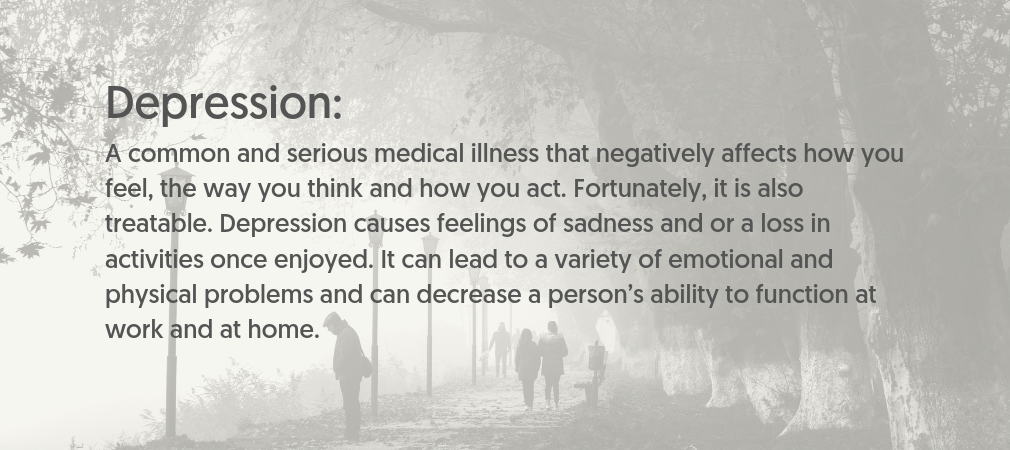Strategy #1: Start with a plan for the day
When mood is low, there is a tendency to get stuck and do the bare minimum of what needs to get done.
If nothing needs to be done, very little will probably happen until you “feel like it.”
If you fall prey to that type of thinking, you could be waiting a long time! There’s also an increased chance that your mood could dip further.
Instead, you want to make a plan for the next day before you go to bed. It doesn’t need to be overly ambitious but should structure your day.

If you're working or going to school, this will help you to maintain structure and routine during the week. If not, it's likely going to be harder to get moving.
Sitting idle for too long is one of the worst things that can happen with mood. We are happier when we are busier.
As Isaac Newton said: "A body in motion tends to stay in motion."

So, if you are inactive for too long, it’s tough to get moving again.
The body was meant to move, the mind was meant to think, and both body and mind should be active reasonably consistently.
Strategy #2: Take care of the basics
The basics are never fun or sexy and often overlooked. But they are essential and not worth skipping over.
What are the basics I’m referring to? Drinking water, eating regular meals, and getting exercise.
Let me make a quick analogy here. If you were a car (yeah, I know it’s weird to be compared to a car, but I’m sure you’ve been called worse!), you wouldn’t run well if you didn’t have oil, gas, transmission fluid, etc.
Humans are no different. Thinking we can run properly without water, food, and exercise is unrealistic.

Let’s take a quick look at each of these areas and see what’s needed to maintain and promote a healthy mood:
Water
So understated, yet so important.
Up to 60% of your body and even 31% of your bones are water.
Not surprisingly, having adequate water intake and avoiding dehydration is vital if you hope to function correctly.
The amount of water you need varies from person to person, depending on the demands of your daily life. Still, according to the National Academies of Sciences, Engineering and Medicine, adult males should drink an average of 3.7 litres per day and adult women should consume an average of 2.7 litres per day.
That’s a lot of water needed to function correctly!
And at the risk of getting too high up on my soapbox, be sure to get your water from the cleanest source possible. I’m a fan of both Reverse-Osmosis and Distillation.
Food
Our purpose here is to establish food basics without digging too deep into this topic. Remember, you want to consume multiple small meals (e.g., 4-6) throughout the day.
Diets high in fibre, fruits and vegetables are also important.
Lastly, it is very important to avoid inflammatory foods, as these foods serve to make feelings of depression worse.
Exercise
The general rule of thumb for exercise is that it’s great for everything!
And when it comes to mood, it all helps. Simply put, you need to get moving in some way, shape or form to benefit your mood.
However, it appears likely that the more demanding the exercise, the more significant the impact on mood (Gordon et al. 2018).
Strategy #3: Chunk time to get started
So, you know you need to get moving as an initial cornerstone of any depression treatment plan. But simply put, you don't want to move.
What do you do?
Chunk time.
And the self-talk around chunking time should go something like this:
"I just need to (fill in the blank) for 10 minutes. After that, I can stop if I don't want to keep going."
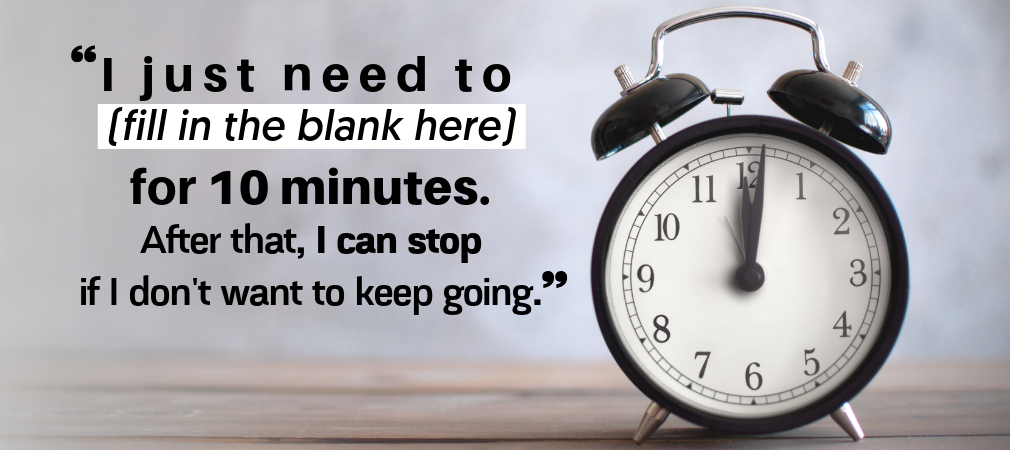
Once you get started, momentum will be on your side, and you'll be more likely to keep going. Dealing with too big of a chunk of time can feel overwhelming and is more likely to shut you down.
But what if you can't even commit to getting started at all?
It's important to dig into your self-talk a bit further. I'd suggest something like this:
"I just have no energy or motivation to do anything. Once I feel better, I will (fill in the blank)."
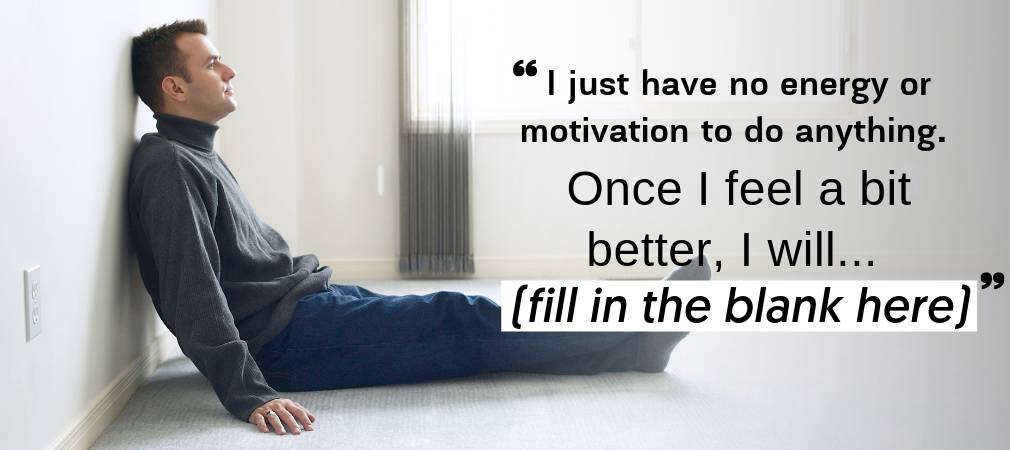
And herein lies the brutal truth about mood. If you wait until you "feel good to do something," you'll probably be waiting a while, especially if you already feel depressed.
In actuality, you must commit to doing whatever you need to do, even if it's for a short time, if you intend to kick-start your depression treatment program.
So, with that in mind, your self-talk should be more along the lines of this:
"I just have no energy. I feel tired and unmotivated. But if I get going and do something, the worst thing that will happen is that I still feel tired and unmotivated. At least I'll have done something, and I can feel less guilty about not doing enough."

Strategy #4: Be aware of how you carry your body
How you carry and move your body is wired into your cerebral cortex.
The cerebral cortex is responsible for higher-level cognitive processes in the brain, such as thinking, language, decision-making, etc.
And making simple adjustments with your body, especially when done consistently, can improve mood.
We are going to look at 3 of them right now:
1. Smiling
This one seems so simple… and it works. Smiling is universal. It doesn’t matter who you are or where you live in. It feels better to smile.
Science has known the benefits of smiling for some time. Strack et al. (1988) completed a pretty ingenious study in which they had study participants put pens in their mouths. I’m going somewhere productive with this!
Half of the group put a pen in their mouth in a manner that activated the same muscles you use when you smile, while the other group put the pen in their mouth in a different way.
Results showed that study participants who had their smile muscles activated by the pen rated cartoons as funnier when compared to the control group.
And the point of including the pen in the study?
Simply activating smile muscles made people feel better. So, faking a smile, as phoney as it might feel, will still cause you to feel better.

2. Tone of your voice
The idea has merit when you think about this one simply from a common-sense perspective. If you talk in a low, uninspired, monotone fashion, it stands to reason that you probably won’t feel very good.
If you talk in a higher tone and show a little excitement, perhaps with some intonation to your voice, it seems logical we should feel better.
But let’s look to science for some support for this theory.
Aucouturier et al. (2015) conducted a study in which they recorded the voices of their study participants. Afterwards, they manipulated their voice to either sound happier or sad (the participants were unaware that the researchers were manipulating their voices).
When their voices were played back, the tone of voice was found to impact people’s emotional states.
In other words, a happier tone of voice made people feel happier, while a sadder tone made people feel sad, etc.
So indeed, the tone of voice matters in your quest to improve your mood.
3. Posture
Take a moment here to picture the posture of someone struggling with mood. When I do this, I envision someone slumped over with their body in a loose, self-defeated stance.
And the posture of someone happy?
I picture a person sitting or standing upright confidently and self-assuredly.

Once again, let’s turn to science to see if this is helpful.
Nair et al. (2015), in the journal Health Psychology, conducted a study in which they had participants either sit up straight or slouch when completing a mock job interview.
Study participants asked to sit up straight reported feeling more enthusiastic, excited and strong. They also found that people reported better mood and improved sleep when asked to sit up straight.
Proper posture helps!
Strategy #5 – Prioritize time to focus on what’s going well
Generally speaking, most people are in the habit of thinking about what they have to do and focusing on things that aren’t going well.
Very little time, if any, is spent thinking about what’s going well.
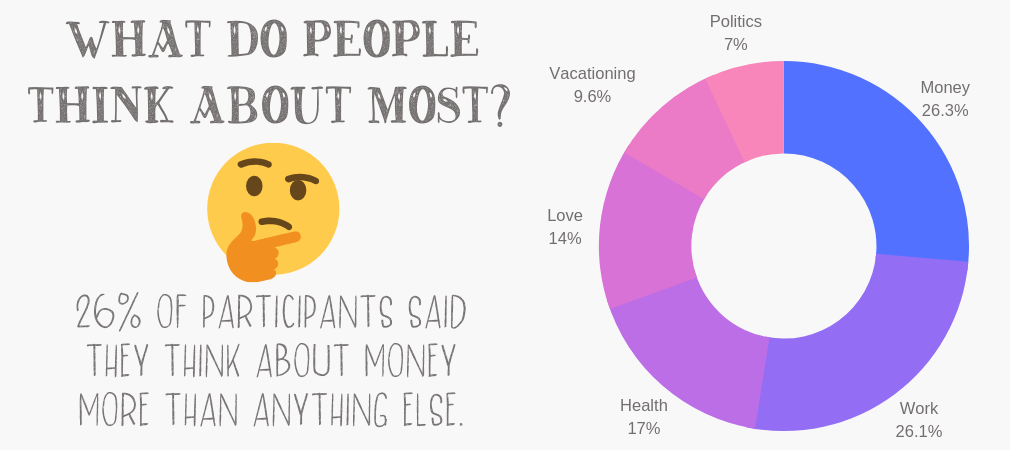
Not surprisingly, mood is negatively impacted by a thinking pattern like this.
To help rectify this problem, I’d suggest spending at least 5-10 minutes/day focusing on what’s going well in your life.
When doing this, I start with the most important areas in life and then work toward the smaller ones. Here’s my list below. Feel free to add to it or modify it to suit you better.
- Health – Physical, mental and cognitive
- Freedom
- Relationships – Family and friends
- Purposeful Daily Activity – Job, School, Volunteer, Child-Rearing, etc.
- Hobbies
- Miscellaneous (could be anything – e.g., favourite Netflix series, the release of a new song, an upcoming vacation, etc.)
Remember to always have something out in front of you to look forward to in the future.
What you are focused on helps to determine how you feel.
Strategy #6 – Challenge negative thoughts
Some of you might think this could be a new full-time job, especially if your mood has dipped notably.
The goal here isn’t to challenge every negative thought that enters your head but rather to take time when it’s available to address these thoughts. If you never take time to challenge your negative thoughts, you are accepting them.
And if you get into a consistent pattern of accepting negative thoughts, it doesn’t take a PhD. in Clinical Psychology to determine that your mood will suffer.

But in the spirit of evidence-based treatment, let’s take a quick look at a study which examines the effectiveness of cognitive therapy on changing negative thought patterns.
Strunk et al. (2010) conducted a study in which 60 participants diagnosed with major depression engaged in cognitive therapy with a therapist. Cognitive therapy involves challenging negative thoughts and running thought experiments (i.e., testing to see if your negative thoughts are true or false).
The study also had participants engage in behavioural techniques such as participating in enjoyable activities.
Results showed that cognitive therapy improved depressive symptoms, and the improvement was superior to the benefits gained from behavioural techniques.
So, now that we’ve confirmed it works, let’s establish a plan to utilize it.
Step 1: Identify negative thoughts
If you are going to challenge negative thoughts, it’s best to start by identifying them. This is where a thought record can help.
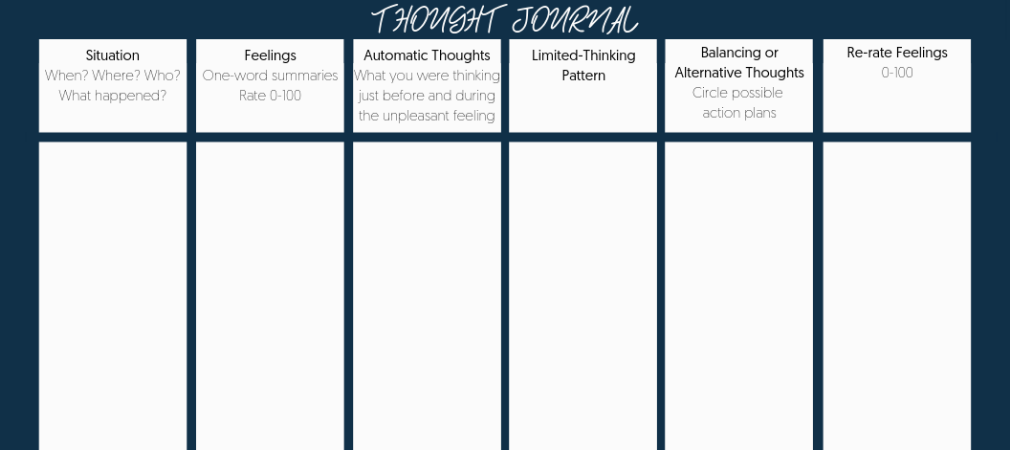
(Click the image above for a full-sized printable copy)
Over several days, it’s helpful to set aside 5 minutes each day and write down the most common negative thoughts you experience, including a rating for the frequency and intensity of the thought.
Step 2: Create an operational definition for the thought
If you are going to criticize yourself in your mind, you might as well know what you're calling yourself.
A common negative self-talk statement is, "I'm so stupid." Let's ask Google what stupid means:
Stupid – "Having or showing a great lack of intelligence or common sense."
Okay, maybe that can happen sometimes. That might not seem so bad until you dig into the synonyms (i.e., words that mean the same thing).

Hmmmmmm... now that seems a little harsh and probably inaccurate, which leads us to our next step.
Step 3: What’s the evidence for the thought being true/false?
I love the word “evidence” (not enough to ever consider becoming a lawyer, mind you!). For our purposes, evidence means:

Generally speaking, you will find that most negative thoughts are primarily false. Occasionally, you may find a little truth to a negative thought.
And that’s okay, but label it as such, “It’s just a little true in this case.”
Step 4: How to manage negative thoughts that are largely true
There will inevitably be times when you examine negative thoughts and conclude, “Damn, this is true.”
For example, let’s say you were caught in a lie, and you have the thought, “I’m a liar.”
First and foremost, lying once doesn’t make you a liar (i.e., someone who always lies).
So, in this particular instance, “I lied” would be accurate. That doesn’t feel great, so what do you do with this statement?
Drowning in this thought for an excessive period isn’t going to help.
There’s nothing wrong with feeling some pain (likely feelings of guilt) from the thought. Use that negative feeling to learn the lesson from this negative situation, let go of the guilt and resolve not to make the same mistake again.
And what should you do if you have a negative thought (or what you perceive to be negative) that you can’t change or learn a lesson?
For instance, let’s say the thought is, “I’m so short.” If you’re an adult in Canada and are well under the statistical average of 5 feet 8.5 inches for males and 5 feet 3.4 inches for females, the numbers are against you on this one.
This leaves you with one positive choice – accept the thought and do your best to make peace with it.
In the case of being short, we could discuss many reasons why being short doesn’t have to interfere with your quality of life and truly doesn’t matter in the grand scheme of things, so I’ll assume you’ve got the idea here.
Strategy #7 – Use mindfulness
Mindfulness, also known as mindfulness meditation, may bring to mind the thought of someone sitting cross-legged, arms outstretched with index fingers and thumbs creating circles while chanting, “Umm” at regular intervals, like the image below.

For those of you who are interested in this form of mindfulness, it works.
For those who aren't, we'll go over the basics you need to do to achieve the benefits of mindfulness.
But first, let's take a quick look at the science. More specifically, we will explore a meta-analysis (also known as a collection of statistically analyzed studies) by Govel et al. (2014), which examined 47 different studies.
Results showed that mindfulness meditation was not only effective at treating mood, but it also happened to be just as effective as taking an antidepressant medication.
But doesn't mindfulness involve sitting still for long periods?
Not necessarily.
Studies by Norris et al. (2017), Tashani et al. (2017) and Xu et al. (2017) show that as little as 10 minutes of mindfulness can improve learning, reduce pain and reduce worrying.
And based on the research I've seen to date, I'm willing to bet that as little as 10 minutes of mindfulness would help to reduce depressive symptoms as well.
Now, let's look at the primary components of mindfulness:
Step 1: Get comfortable and focus on your breathing
Mindfulness doesn’t need to involve sitting. Studies have shown that mindfulness can be effective with people standing, jogging and even washing dishes.
The key is to get comfortable and breathe slowly from your diaphragm.
Step 2: Have something to focus on
To maximize the benefits of being mindful, you will need an anchor. An anchor can be just about anything if you are locked onto it. It could be a picture on the wall, an image in your mind, focus on your breathing, etc.
Step 3: Free your mind
Now that you are comfortably breathing and locked onto something, it’s time to let go of your thoughts. This can be tough, given we are always thinking.
The goal here is to allow thoughts to come in and not to judge or engage them in any manner. Treat them as if they were thought bubbles in a foreign language you can’t understand.

For those struggling to stay focused, quickly remind yourself that you likely have 16 waking hours to deal with your thoughts. You can afford to take 10 minutes off.
If you catch yourself drifting or engaging with your thoughts, no worries. Acknowledge that you are doing this and return your focus to slow, deep breathing and locking onto your anchor.
Strategy #8 – Get a good night's sleep
Proper sleep may be the single-most overlooked aspect of mental health.
And the good people in the United Kingdom might agree with me.
Fang et al. (2017), in the journal SLEEP, surveyed 30,500 people in the U.K. over four years.
Results showed that improved sleep quality dramatically improved mental and physical health.
Fang et al. found that better sleep for their study participants was equivalent to winning $250,000 in the lottery! Yay for sleep!
For the sake of brevity, I'm going to outline some of the core components of a good night's sleep:
-
- Have a sleep routine that includes at least a 1-hour "wind-down period" before bed
- Go to bed and wake up at the same time every day (weekends included!)
- Keep it dark
- Keep it quiet (use white noise or a fan if needed to block out distracting noise)
- Keep it cool (within reason, I'm looking at you, Jennifer Sullivan!)
- Avoid ruminating (excessive thinking about your past or upcoming day)
- Have an interesting thought to focus on (if you don't fall asleep right away, you will need something to think about)
- Don't toss and turn (if you aren't asleep within 30-45 minutes, get up for 5-10 minutes to break up the inevitable pattern of frustration that has likely set in)
- Do not check your phone (the world won't stop turning)
- Do not do mental math (to determine how much sleep you'll get if you fall asleep this instant)
- Do not put too much pressure on falling asleep (this will take you further away from relaxation, which you need to fall asleep)
And lastly, let's look to Dr. Barah, Medical Director of the Valley Hospital Center for Sleep Medicine in Ridgewood, New Jersey, for guidelines on how much sleep you should aim for each night.
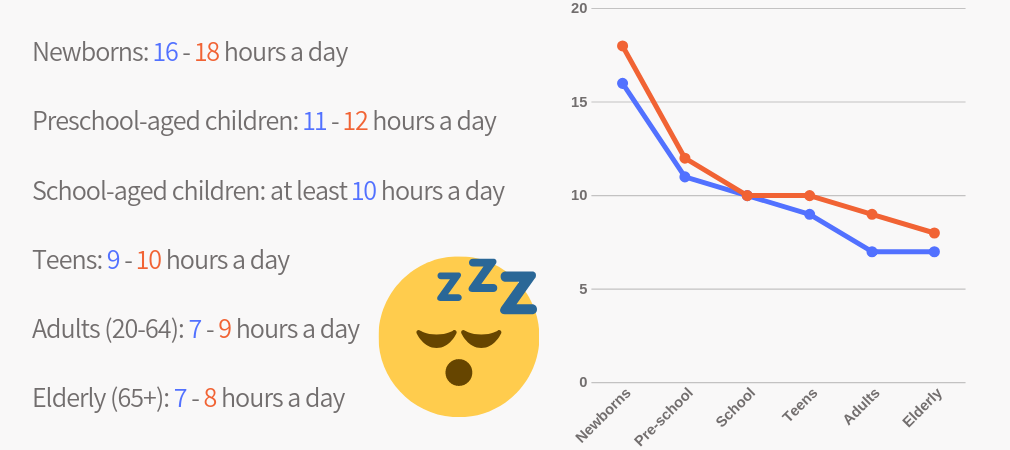
Conclusion
Little else can seem to matter when you don’t feel good emotionally, and your mood is low.
This article outlines eight strategies you can use in a depression treatment plan. I’ve listed these strategies in an order you can utilize, from when you get up to when you go to bed.
Begin by outlining a plan for the day, and don’t forget the basics you need to fuel your body. Chunk time to help get you moving and remember that how you carry your body impacts your mood.
Prioritize time to focus on what’s going well and challenge negative thoughts. Reboot the mind with mindfulness and end the day with a good night’s sleep.
Follow these strategies, and they will put you on the fast track to improving your mood.
Are you surprised by how many people struggle with mood?
What strategies do you find helpful for improving mood?
Join the conversation on Facebook!
